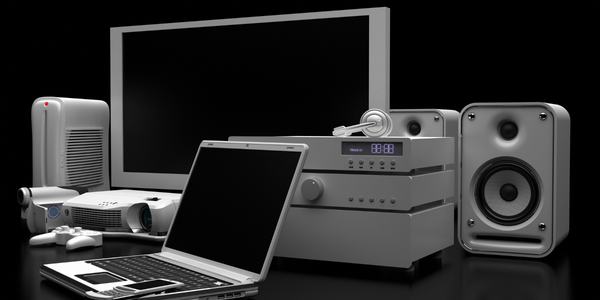Download PDF
Transforming Clinical Asset Ecosystem: A Case Study of Parkland Health

Technology Category
- Functional Applications - Computerized Maintenance Management Systems (CMMS)
- Platform as a Service (PaaS) - Device Management Platforms
Applicable Industries
- Electronics
- National Security & Defense
Applicable Functions
- Maintenance
- Procurement
Use Cases
- Cybersecurity
- Tamper Detection
Services
- Cybersecurity Services
- System Integration
The Challenge
Parkland Health, a renowned healthcare institution, was facing several challenges in managing its clinical asset ecosystem. The existing data validity was not meeting the requirements of the Clinical Engineering (CE) and Information Security (IS) teams. The existing workflows were not aligned with the strategic vision of the leadership. The institution was unable to dynamically update their computerized maintenance management system (CMMS), which was crucial for efficient asset management. There were significant change-management hurdles between isolated teams, which were hindering the smooth execution of projects. Moreover, Parkland had allocated an insufficient budget to maintain project momentum and meet all expected outcomes.
The Customer
Parkland Health
About The Customer
Parkland Health is a highly recognized healthcare institution, known for its excellence in various healthcare domains. It has been awarded as one of the nation’s “Most Wired™ Hospitals.” The institution is known for its innovative approach towards healthcare delivery and has been leading various projects aimed at transforming their connected asset management practices. The leadership of the Clinical Engineering (CE) department at Parkland Health has been instrumental in driving these changes, with a focus on integrating and data-driven approach to asset and cybersecurity risk management.
The Solution
Parkland Health selected Medigate as their Healthcare IoT security and data partner after a thorough evaluation. They deployed Medigate’s Core Visibility, Insights, and Anomaly Detection platform and enabled their Clinical Device Efficiency module. This solution provided a dynamic interconnection with their CMMS system, enabling an active record of truth. Advanced use-cases became achievable, allowing Parkland to accelerate its implementation timelines. The integration with their CMMS and cybersecurity tools improved overall device security. Through more efficient utilization of clinical and radiological devices, Parkland was able to avoid large-scale capital expenditures.
Operational Impact
Quantitative Benefit
Related Case Studies.

Case Study
Remote Temperature Monitoring of Perishable Goods Saves Money
RMONI was facing temperature monitoring challenges in a cold chain business. A cold chain must be established and maintained to ensure goods have been properly refrigerated during every step of the process, making temperature monitoring a critical business function. Manual registration practice can be very costly, labor intensive and prone to mistakes.

Case Study
Cloud Solution for Energy Management Platform-Schneider Electric
Schneider Electric required a cloud solution for its energy management platform to manage high computational operations, which were essential for catering to client requirements. As the business involves storage and analysis of huge amounts of data, the company also needed a convenient and scalable storage solution to facilitate operations efficiently.

Case Study
Leveraging the IoT to Gain a Competitive Edge in International Competition
Many large manufacturers in and outside Japan are competing for larger market share in the same space, expecting a growing demand for projectors in the areas of entertainment, which requires glamor and strong visual performance as well as digital signage that can attract people’s attention. “It is becoming more and more difficult to differentiate ourselves with stand-alone hardware products,” says Kazuyuki Kitagawa, Director of Service & Support at Panasonic AVC Networks. “In order for Panasonic to grow market share and overall business, it is essential for us to develop solutions that deliver significant added value.” Panasonic believes projection failure and quality deterioration should never happen. This is what and has driven them to make their projectors IoT-enabled. More specifically, Panasonic has developed a system that collects data from projectors, visualizes detailed operational statuses, and predicts issues and address them before failure occurs. Their projectors are embedded with a variety of sensors that measure power supply, voltage, video input/ output signals, intake/exhaust air temperatures, cooling fan operations, and light bulb operating time. These sensors have been used to make the projector more intelligent, automatically suspending operation when the temperature rises excessively, and automatically switching light bulbs. Although this was a great first step, Panasonic projectors were still not equipped with any capability to send the data over a network.








